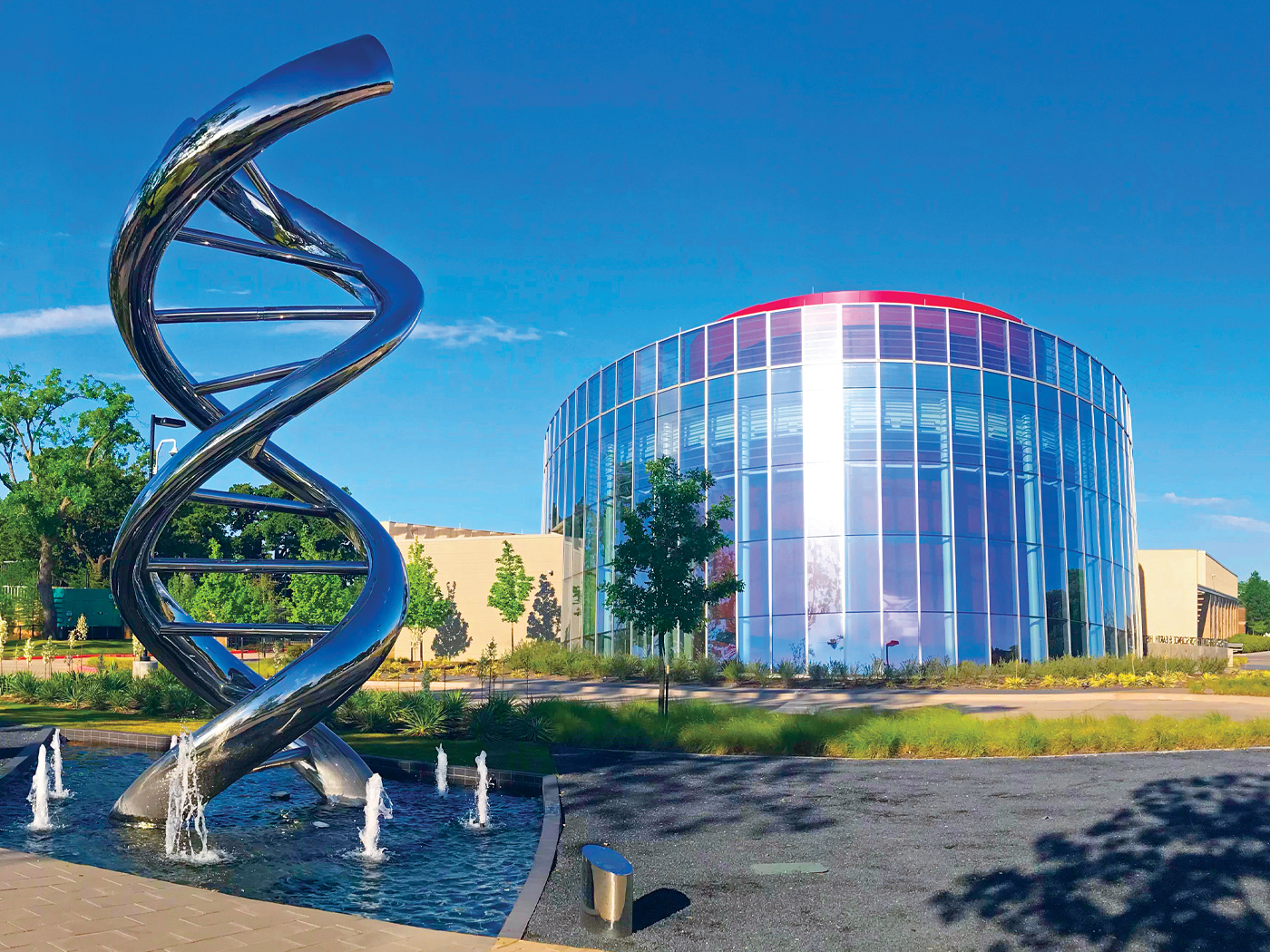What can explain all the circumstances of the cosmos—why small changes happen, why big changes happen, how life supposedly evolved from non-life, and the fundamental structure of chemicals and atoms? According to microbiologist Erik Andrulis of Case Western Reserve University School of Medicine, the key to the universe is the gyre.
The what?
Publishing in the online journal Life, Andrulis used over 100 pages to define dozens of newly invented words and to describe how atoms, molecules, cell systems, ecosystems, and the solar system are made of shape-shifting circular vortices called gyres.
Supposedly, when smaller gyres collapsed in synchrony with other gyres long ago, they naturally formed larger and more complex systems. Andrulis called this process "complexifying," and he claimed that simple chemicals coalesced in just the right way to form life when collapsing gyres formed gyres-within-gyres.
His bold break with standard thinking may spur some of his readers to approach old problems in new, refreshing ways. However, the author's claims far surpass his theory's actual explanatory power.
Perhaps atoms are made of some kind of gyre-like, rotating, ring-shape energy. And planets certainly do revolve around the sun in the solar system. But similar behaviors between different systems is not to be confused with similar, naturally caused origins of those systems. Bicycles and cars both use rotating wheels, but intelligent people invented them, not gyres.
Andrulis mixed scientific-sounding concepts with Eastern religion, and he even credited sages for inspiration. In a description strongly reminiscent of the yin and yang of Asian philosophy, he wrote:
All natural gyres harbor two countervailing forces: attraction and repulsion. Paradoxically, the gyre singularity both attracts and repels energy and matter and thus is "attractorepulsive." These unified yet contradictorily dual (diune) forces exert paradoxical effects.1
But calling a contradiction "diune" no more validates it than calling a round square a "squound." Squounds and attractorepulsive forces are terms that do not correspond to anything actual, rational, or even possible.
In the process of presenting his universe of gyres, Andrulis commendably confronted failures of modern thought, such as the failure of natural selection to explain diversity of forms.2 But his brave attempt to model the structure of all things ultimately failed to model the origin of all things.
For example, his model cannot explain itself. If everything is really just gyres, then where did the gyres come from?
Andrulis' report went on to refute panspermia, the idea that life was seeded on earth from elsewhere in the universe, because it "avoids the issue in need of solution" by merely pushing the question of the origin of life farther away.1 Ironically, however, the same argument applies to his gyres, since he did not explain gyre origins but merely posited their existence.
He also wrote, "Life as I know it evolved on Earth and thus Earthly life is what I model." So his conceptual system thoroughly denies a Creator and puts nature in His place. And in what sounds like a page out of a nature worship manual, Andrulis wrote, "Unexpectedly, then, this theory reveals that Earth—or, for that matter, any celestial, physical, chemical, and molecular system—is alive, that is, synonymous with life."1
Such an approach ignores the obvious ultimate Source of all things. The "simplest and most economical"1 connection is from creation to a Creator. None of the biblical creation account—which reveals that God created atoms, chemicals, the solar system, and life—is seriously challenged by this religiously toned, pseudoscientific treatise.
References
- Andrulis, E. D. 2012. Theory of the Origin, Evolution, and Nature of Life. Life. 2 (1): 1-105.
- For example, see Guliuzza, R. 2011. Darwin's Sacred Imposter: The Illusion That Natural Selection Operates on Organisms. Acts & Facts. 40 (9): 12-15.
* Mr. Thomas is Science Writer at the Institute for Creation Research.
Article posted on February 24, 2012.














